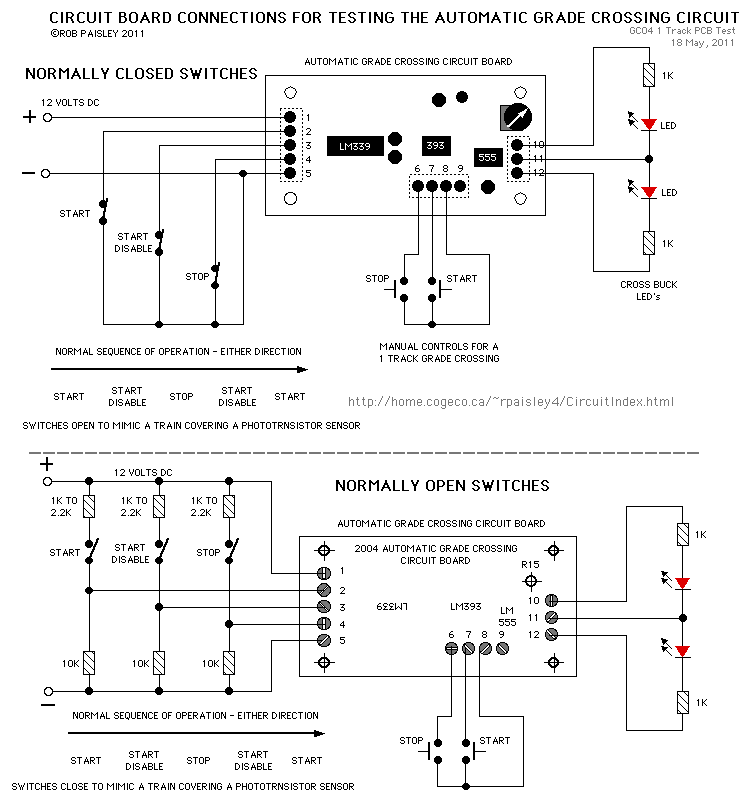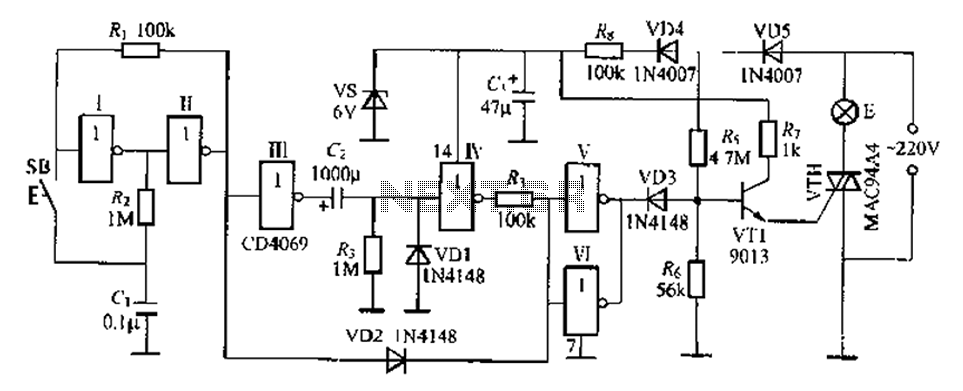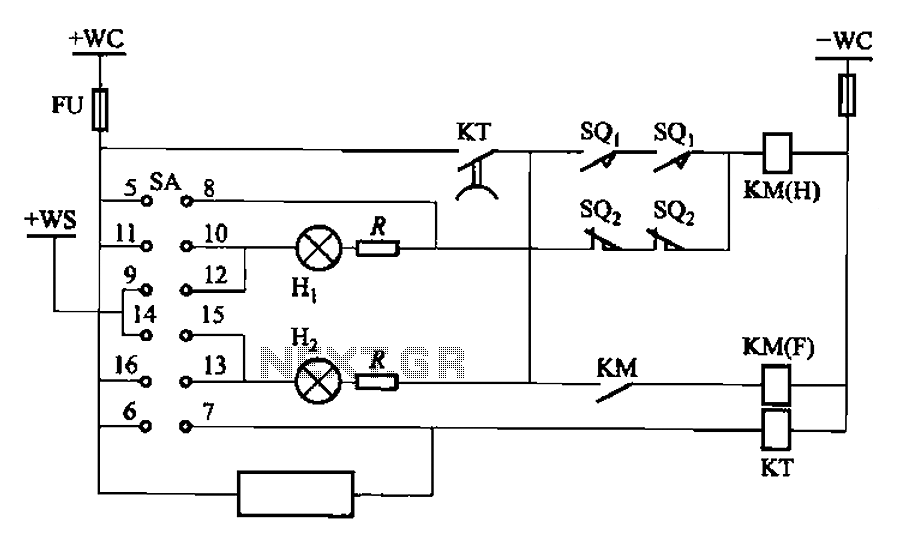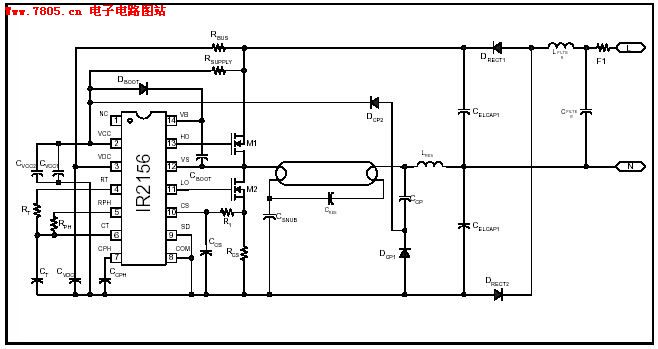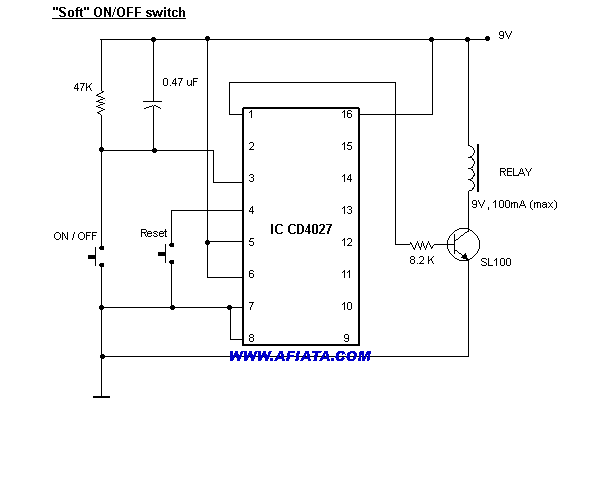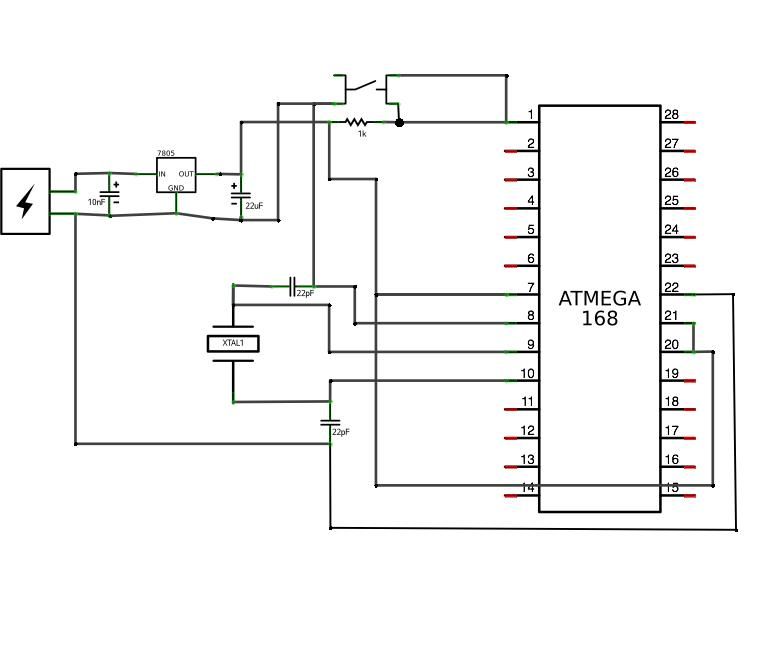
Equalizer Circuit Operating on Three Bands
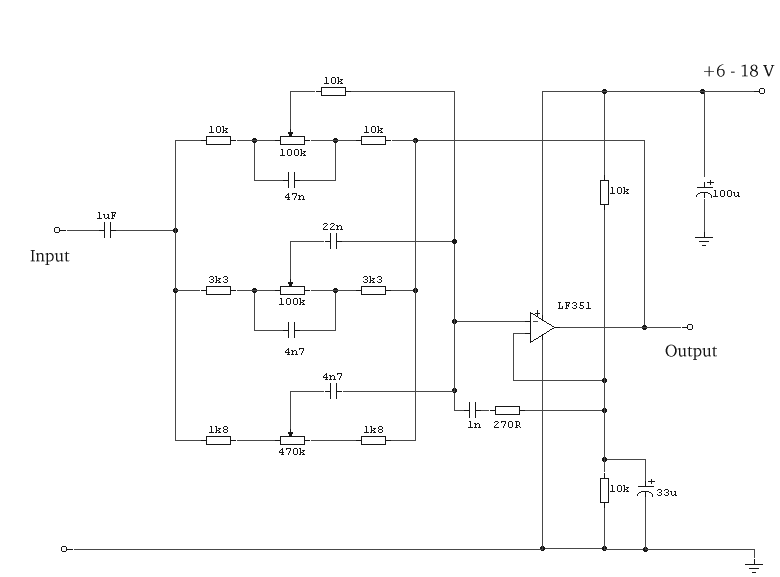
The circuit was designed to illustrate the use of a tone control circuit, which adjusts audio signals before they are sent to any output device.
The tone control circuit serves as an essential component in audio processing systems, allowing for the modification of sound characteristics to enhance listening experiences. This circuit typically employs a combination of resistors, capacitors, and operational amplifiers to manipulate the frequency response of audio signals.
In a standard tone control circuit, three main adjustments are often available: bass, midrange, and treble. Each control adjusts the gain of specific frequency bands to either boost or cut their levels. The circuit can utilize a potentiometer for each control, enabling users to vary the resistance and thus alter the signal path.
For instance, a low-pass filter may be implemented for bass control, allowing low-frequency signals to pass while attenuating higher frequencies. Conversely, a high-pass filter may be used for treble control to permit high-frequency signals through while reducing lower frequencies. The midrange control can be achieved through a band-pass filter, which selectively enhances or diminishes mid-frequency signals.
The output stage of the tone control circuit typically connects to a power amplifier or directly to a speaker. Careful consideration of component values is crucial to ensure that the desired frequency response curves are achieved, which can be plotted using Bode plots for analysis.
Overall, the tone control circuit is an invaluable tool in audio applications, providing users with the ability to tailor sound output to their preferences and environmental conditions.The circuit was designed to illustrate the use of tone control circuit by which the audio signals are adjusted before being carried out to any output devi.. 🔗 External reference
The tone control circuit serves as an essential component in audio processing systems, allowing for the modification of sound characteristics to enhance listening experiences. This circuit typically employs a combination of resistors, capacitors, and operational amplifiers to manipulate the frequency response of audio signals.
In a standard tone control circuit, three main adjustments are often available: bass, midrange, and treble. Each control adjusts the gain of specific frequency bands to either boost or cut their levels. The circuit can utilize a potentiometer for each control, enabling users to vary the resistance and thus alter the signal path.
For instance, a low-pass filter may be implemented for bass control, allowing low-frequency signals to pass while attenuating higher frequencies. Conversely, a high-pass filter may be used for treble control to permit high-frequency signals through while reducing lower frequencies. The midrange control can be achieved through a band-pass filter, which selectively enhances or diminishes mid-frequency signals.
The output stage of the tone control circuit typically connects to a power amplifier or directly to a speaker. Careful consideration of component values is crucial to ensure that the desired frequency response curves are achieved, which can be plotted using Bode plots for analysis.
Overall, the tone control circuit is an invaluable tool in audio applications, providing users with the ability to tailor sound output to their preferences and environmental conditions.The circuit was designed to illustrate the use of tone control circuit by which the audio signals are adjusted before being carried out to any output devi.. 🔗 External reference
